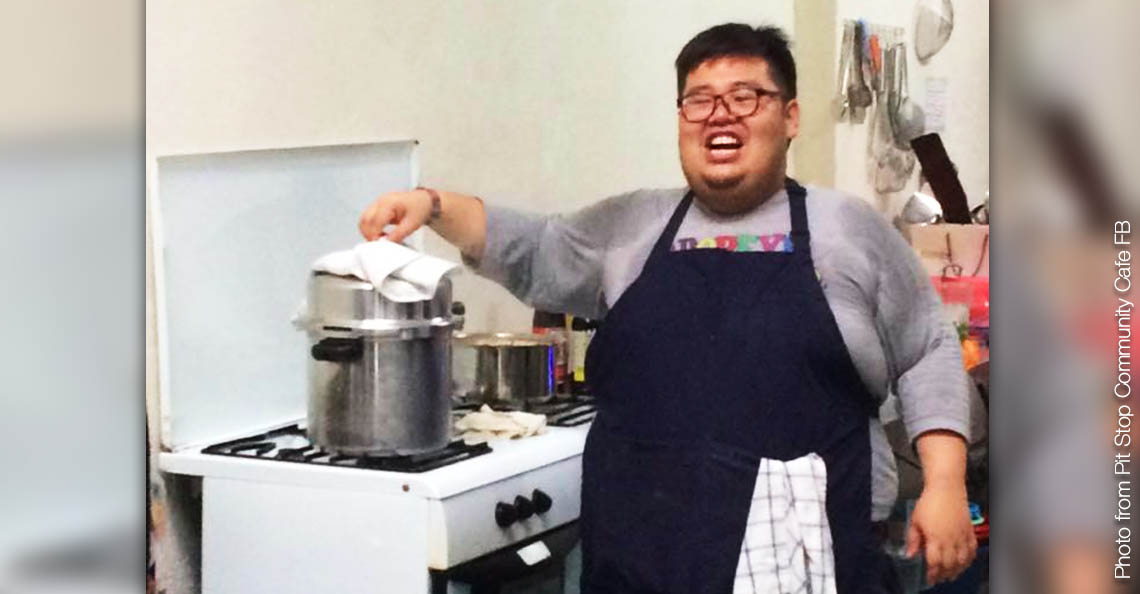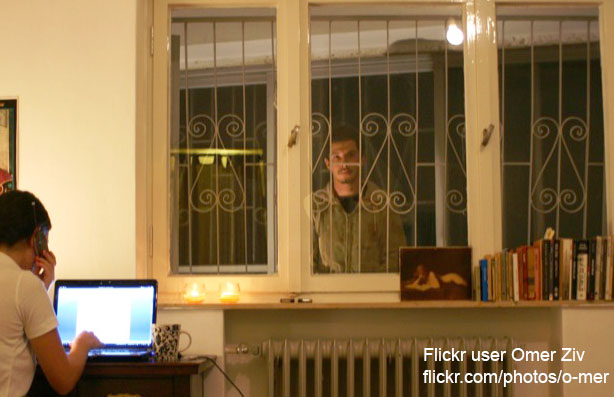How clean is an ‘A’ grade premis bersih restaurant in Malaysia? We check.

- 104Shares
- Facebook82
- Twitter4
- LinkedIn6
- Email5
- WhatsApp7
You’ve likely heard of restaurants having to close down for unsanitary practices, like Raj’s Banana Leaf in Bangsar, whose workers were washing dishes in a roadside puddle. And more recently, the Pandan Indah case where a rat was caught snacking on fried chicken. That’s some really yucky stuff, never mind the fact that eating a rat’s leftovers is a one-way ticket to the hospital!
The whole thing really got us thinking about restaurant hygiene certs and how accurate they are. If you don’t know what we mean — it’s the cert that eateries have on display, the brightly coloured A, B or C usually attached to a wall.

Because some restaurants will look clean and have the cert to match, but then you hear horror stories like those from Bangsar and Pandan Indah. So we decided to visit a couple of restaurants in SS15— being a pretty well known food hub– to see if their hygiene levels measured up to their grades. To streamline our process and verdicts, we decided to focus our checks in public areas, specifically the floors and toilets.
But even with all our planning, we ran into trouble pretty early on because…
Most restaurants didn’t have their hygiene certs on display
Look, we really tried okay. Out of the 10-ish restaurants we visited, only 3 had their certs up. So after going in and out of multiple premises with no results, we eventually ended up asking the restaurants that didn’t have them…why not? One place, a fried chicken shop, gave us a non-answer. And the other place, a kopitiam, admitted they had it at one time but it wasn’t currently in the premises.

On top of missing certs, employees just weren’t keen on speaking to us. Most of them pulled the I-don’t-know card and several told us their superiors wouldn’t approve. While it’s understandable that employees would be wary of their bosses, we did come across a section in the Food Hygiene Regulations 2009 that states restaurant certificates must be displayed clearly. Breaking this rule actually incurs a hefty fine of RM10k or a jail time of 2 years, which is some pretty serious stuff!
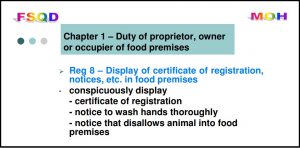
So you’re probably scratching your head wondering how restaurant owners can be so complacent with their hygiene certs. We were wondering the same thing, so we tried contacting the city council for some input, but both MBPJ and MBSJ were unhelpful 😫 For now though, it seems that compulsory certs only include the registration doc and several do/don’t notices as seen in the screenshot above.
So now that all that’s been explained, we can get on with our list.
Mamak — Nasi Kandar Pelita
We were on the lookout for a C grade restaurant when we decided to drop by this mamak. First impression wise, it looked kinda dingy and old but it was honestly a lot cleaner than expected. The floor had some rubbish and on closer inspection it was mostly tissues and crumpled receipts. Honestly, that says more the customers than the restaurant itself so we’re not going to fault the mamak for this one. It did occur to us though that it should’ve been swept, but since this was the only area that was dirty, we reasoned that they probably cleaned up the floors at a set time, which is totally acceptable.
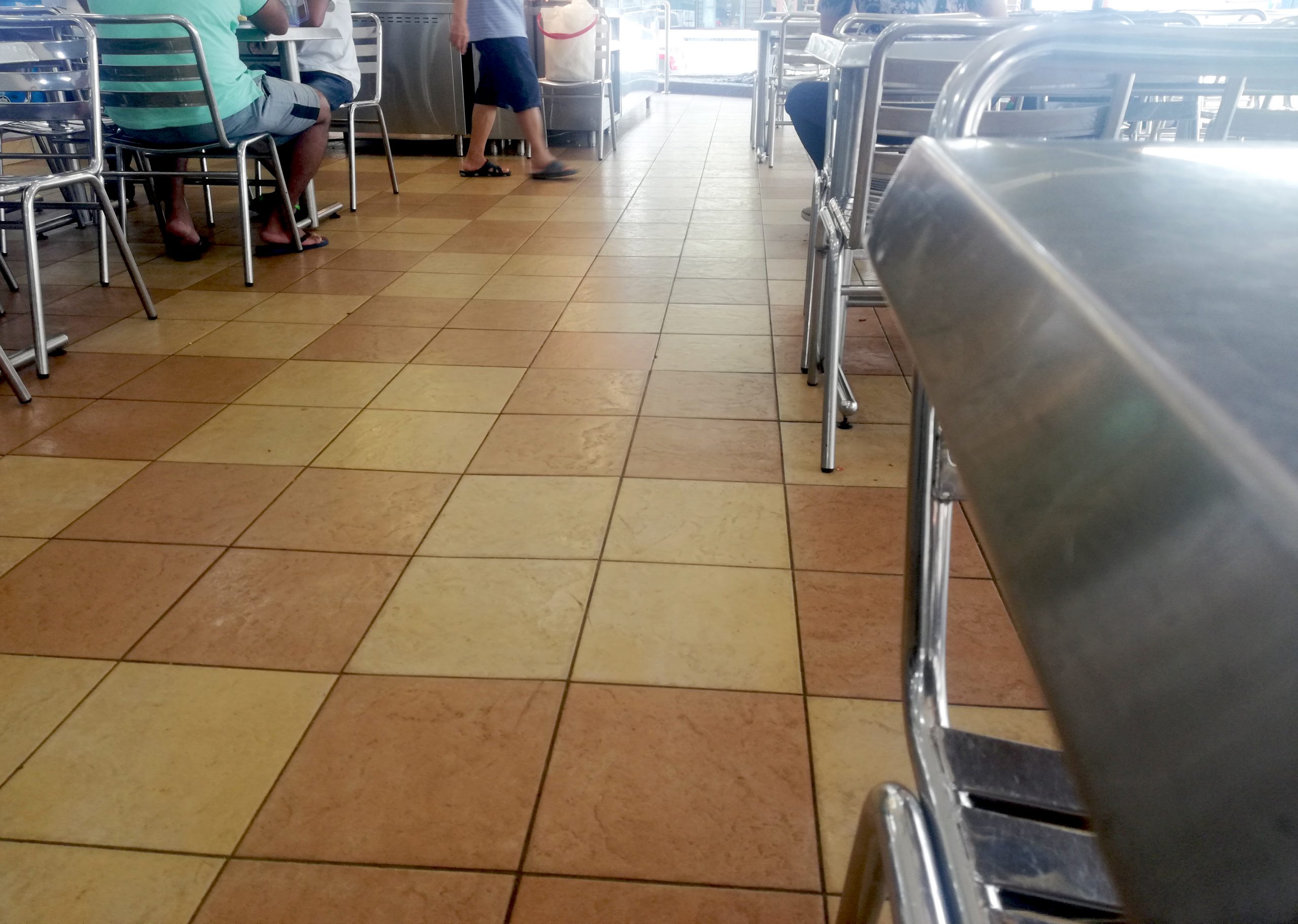
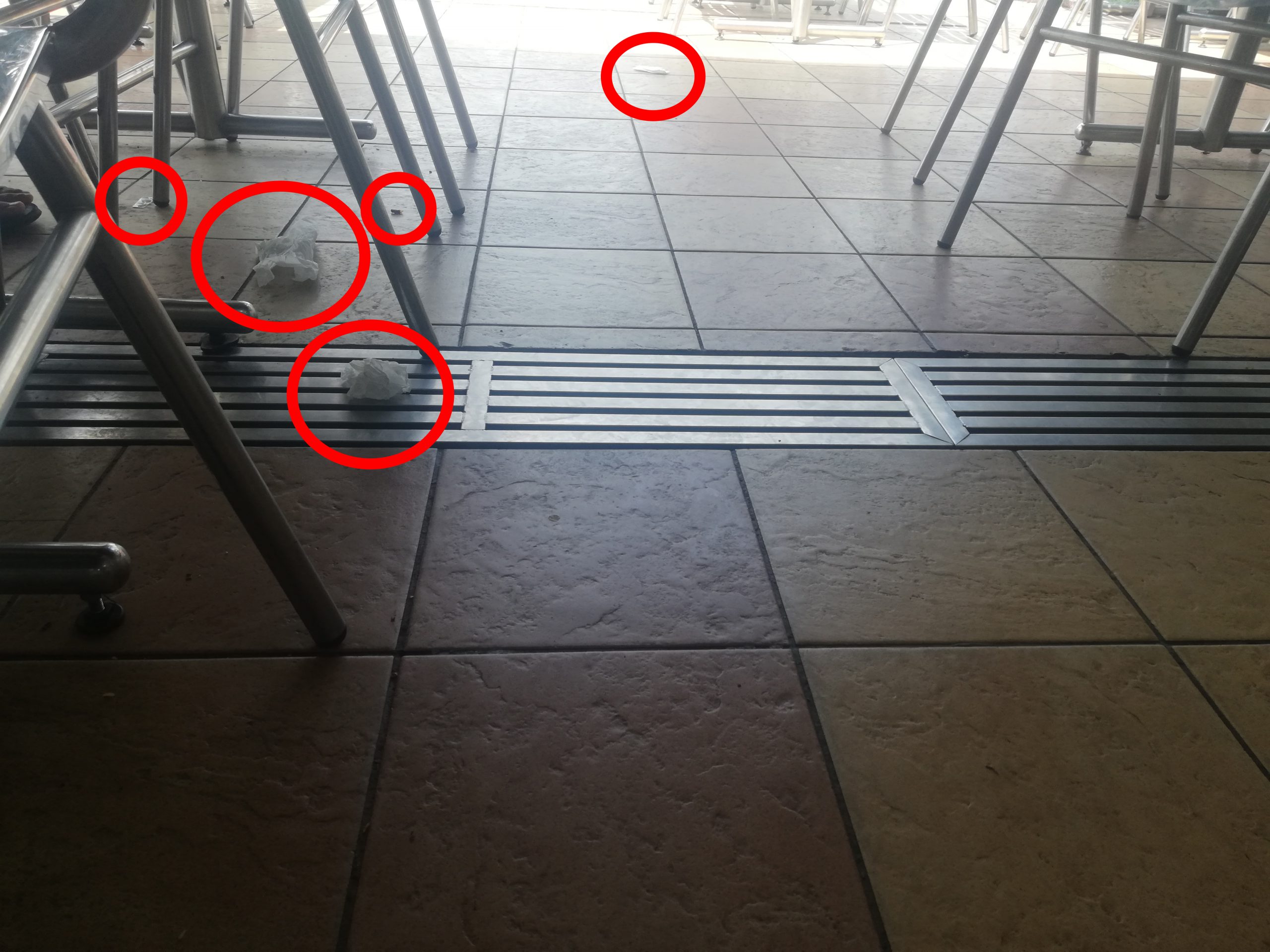
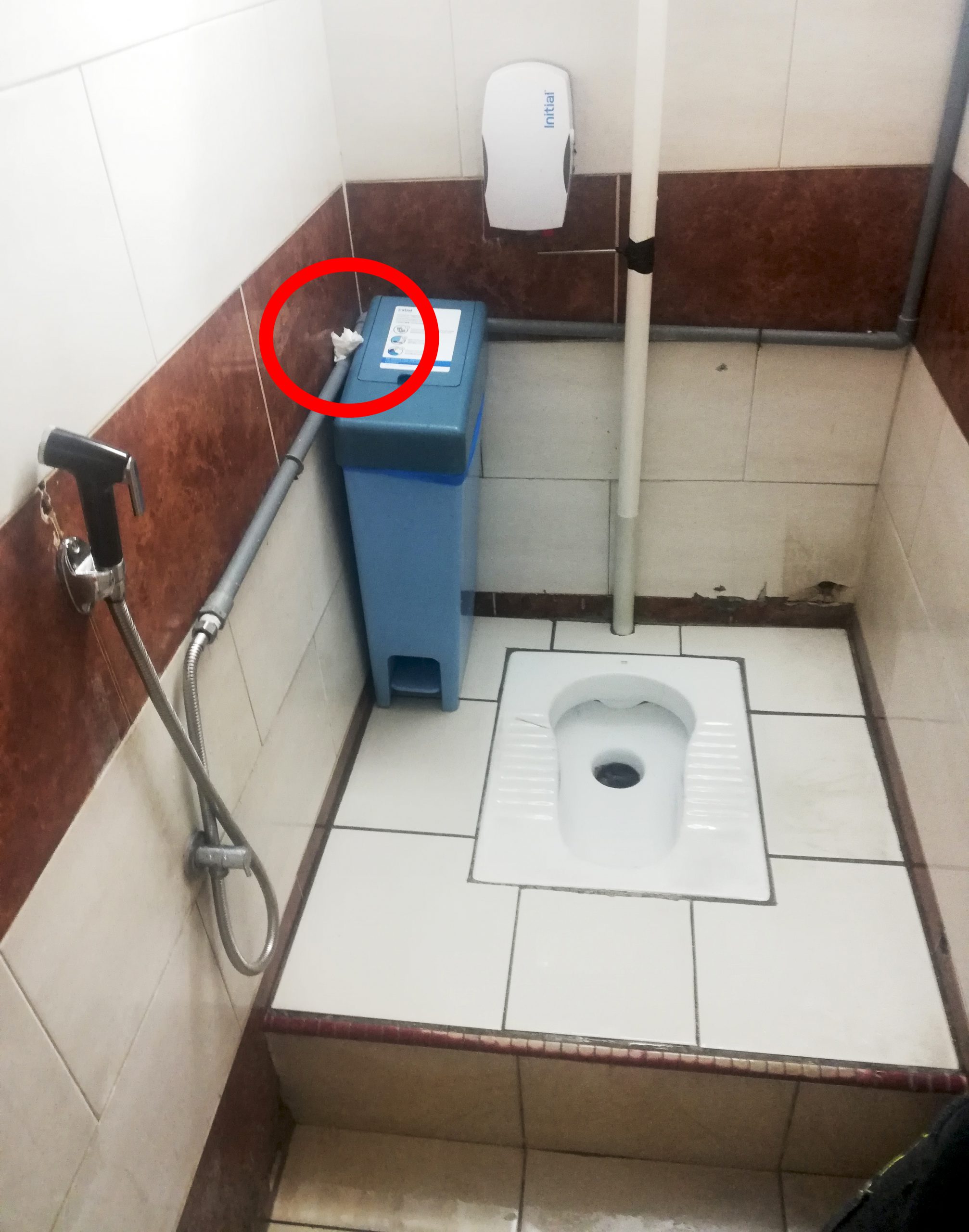
And now for the actual grade…
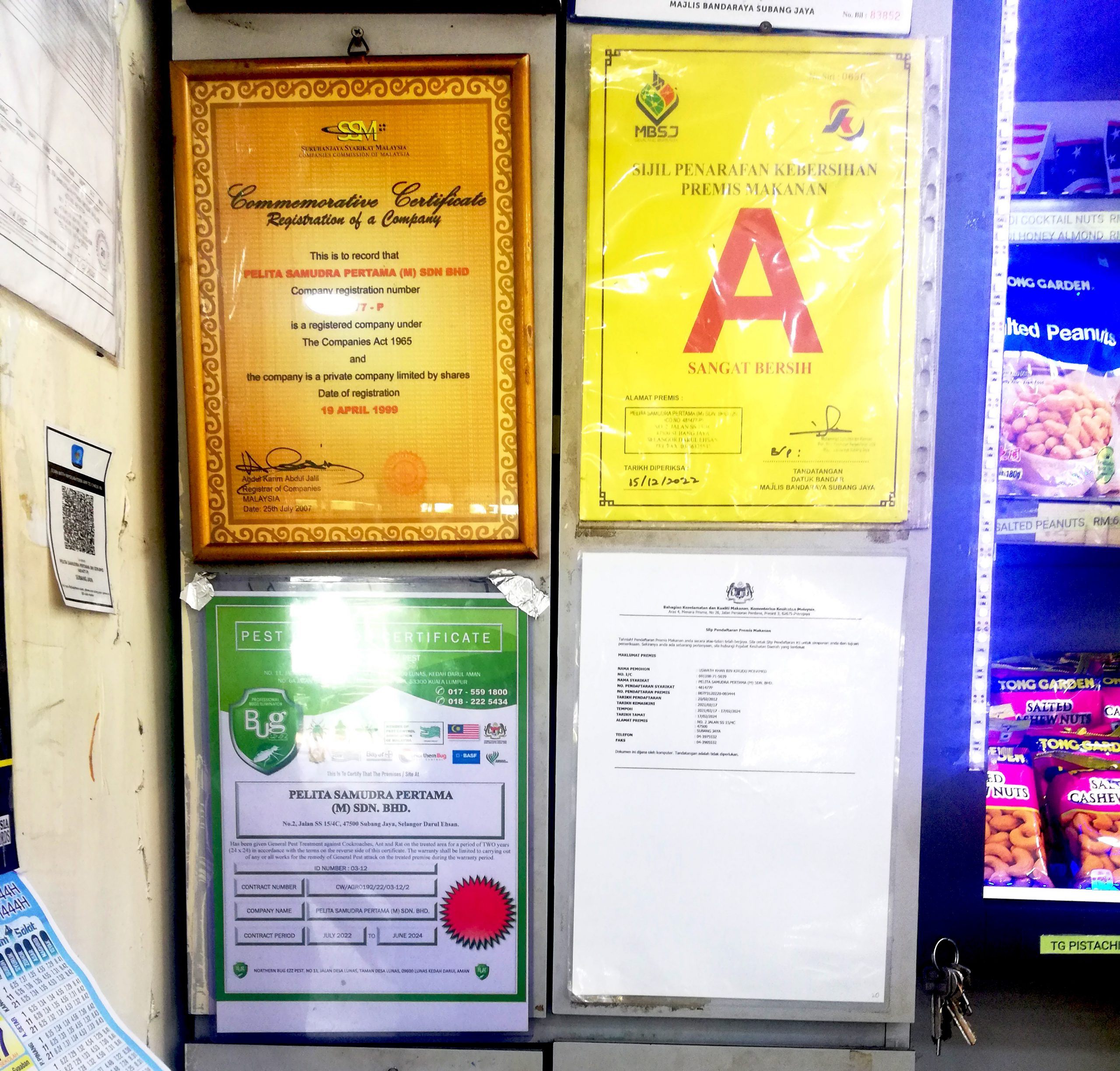
The employee here was happy to announce that Pelita has always been an A. Which is great for them, but not so great for us because it narrowed down our list of follow-up questions. He also said that they clean up at least twice a day, once in the morning and once in the evening. Pest control, on the other hand, is a monthly affair.
Conclusion: Pretty accurate grade
Restaurant-café — Jibril
Our expectations were high when we came across Jibril. It looked like one of those atas cafés with fancy décor so were expecting the interior to be as equally as good. The first thing we noticed was that it was pretty small. It also had a lot less customers than Pelita which probably helped with the place being extra clean. One thing to note was that the waiters were super quick with clearing out and re-setting tables. And as far as we could tell, the floors in both the dining area and bathroom were spotless. Safe to say, we were expecting an A.
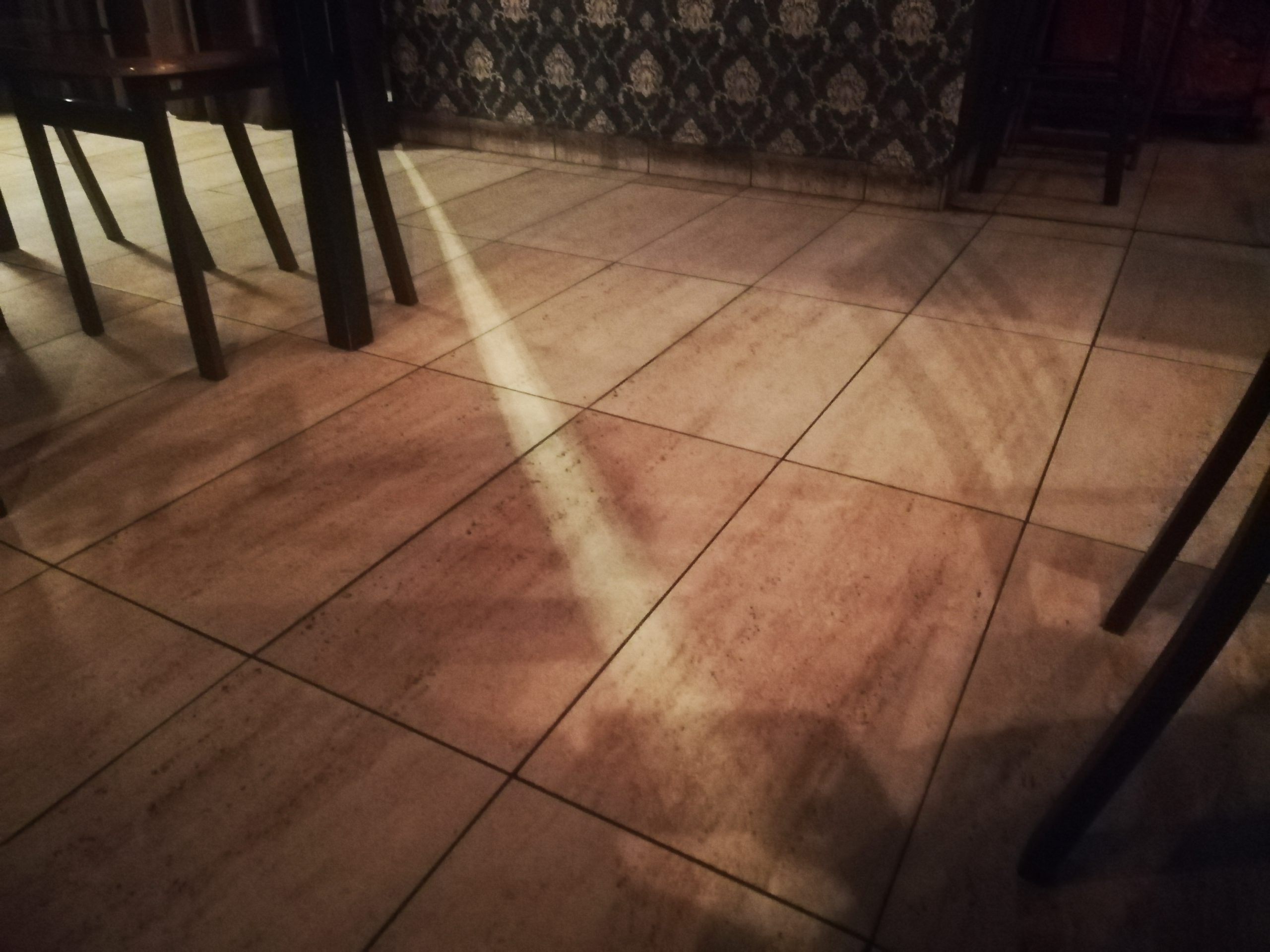
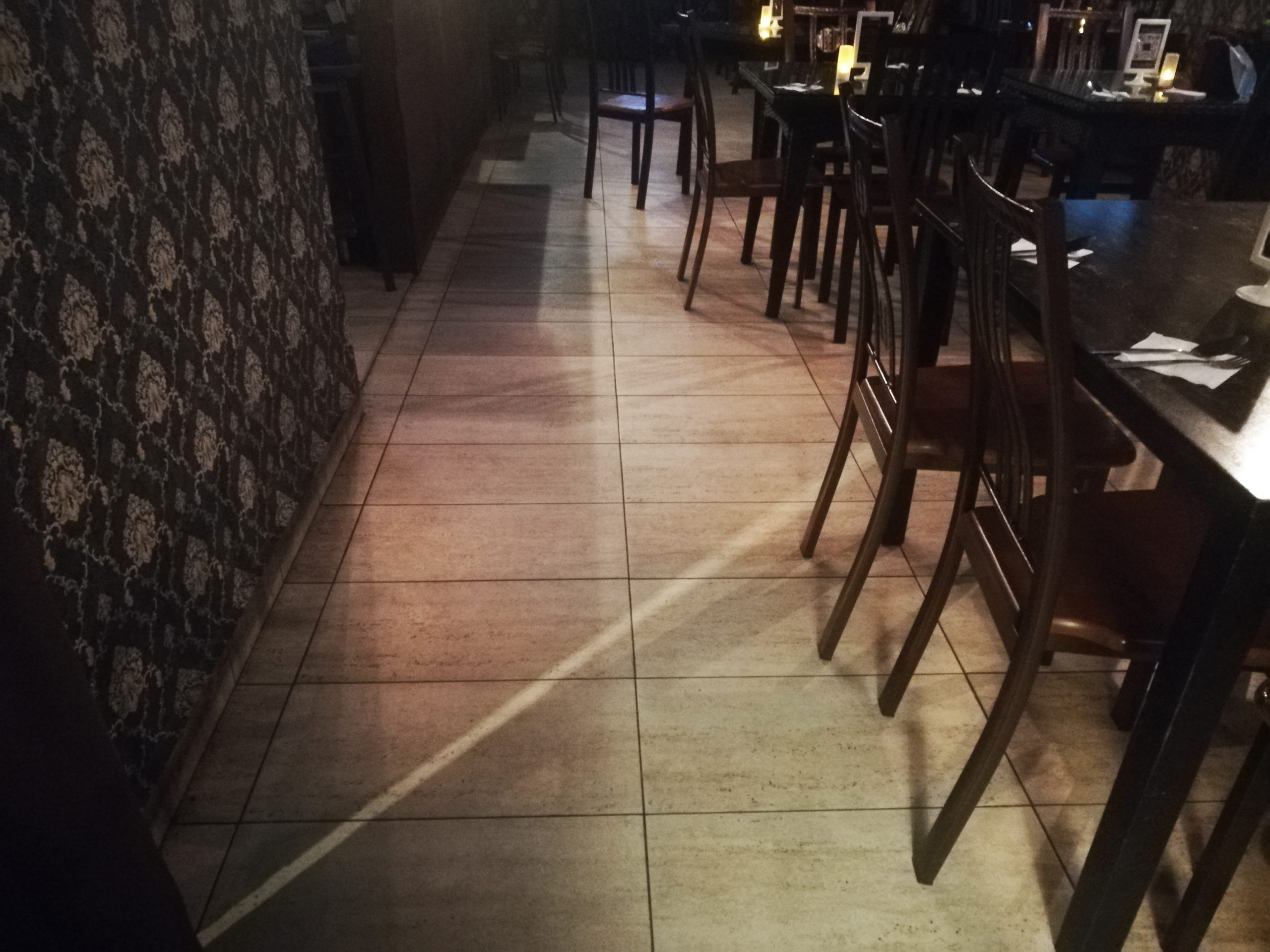
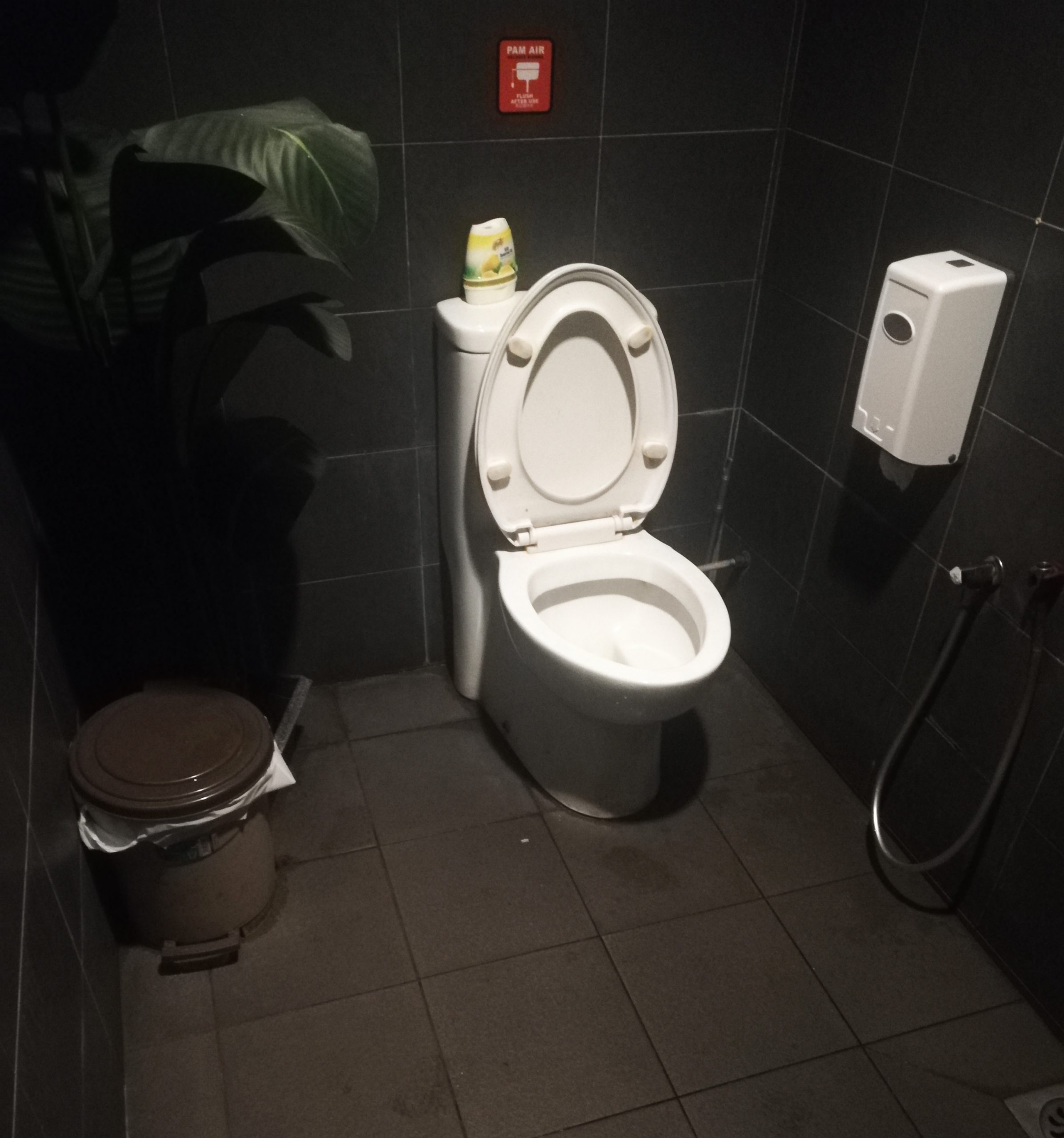
And their actual grade was…

The people at Jibril weren’t very keen on talking to us and though they helpfully supplied their GM’s number, it’s sadly out of service. No idea if the error was on our side or theirs, but the shop was very clean regardless.
Conclusion: Accurate grade
Restaurant — Ipoh Tuck Kee
When we tell you the shop was CROWDED. Customers and waiters were constantly walking up and down which might explain why there was more mess here than in the other eateries. Again, there was some tissue on the floor (we’re starting to see a pattern here 🧐) and there were a couple of wet-sticky areas near the kitchen that likely came from food or drink spills. This shop was almost the opposite of the mamak, in the sense that it looked bright and clean from the outside, but inside was less so. So after a quick look around, we were expecting this place to have a B or C.
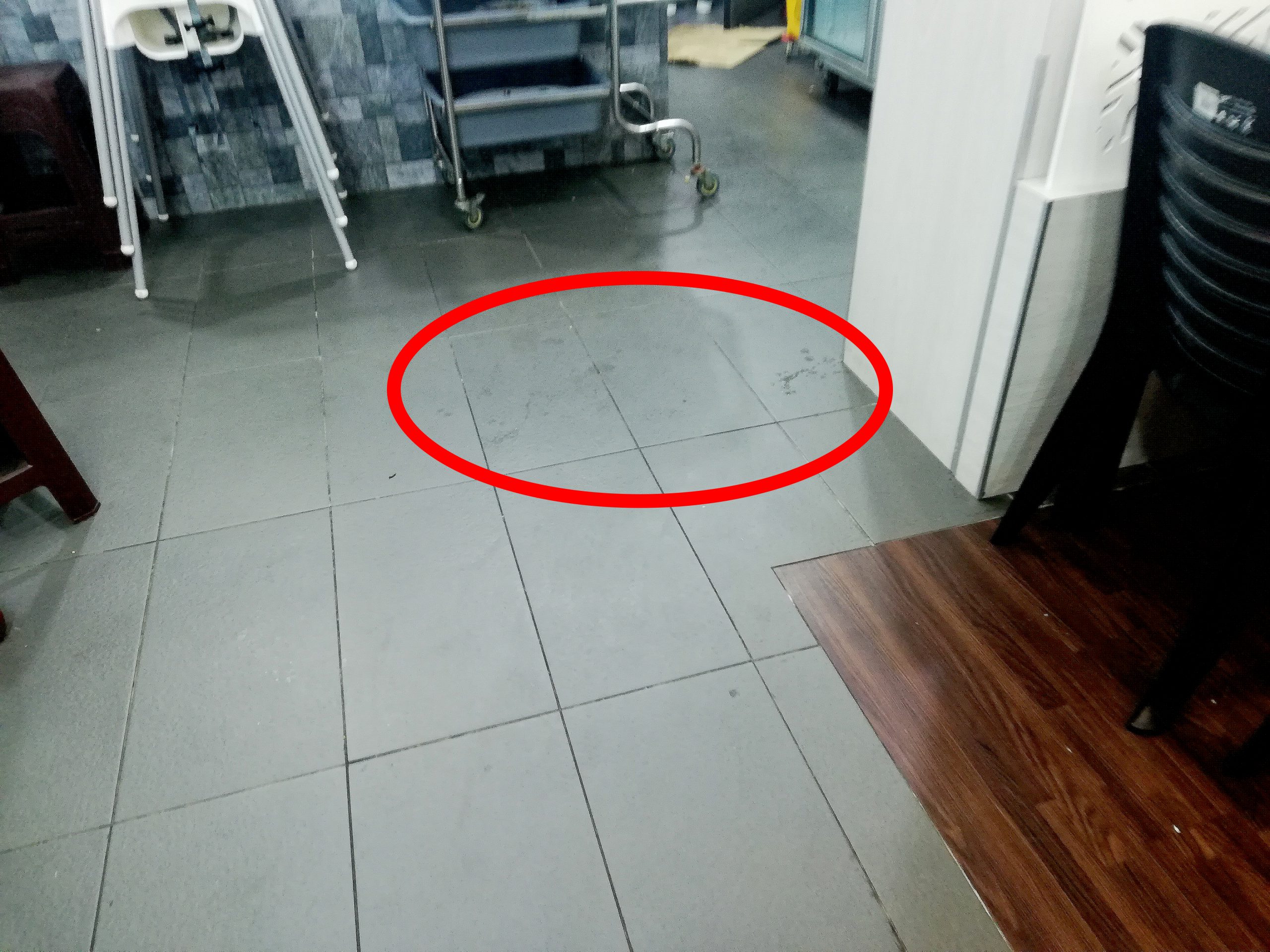
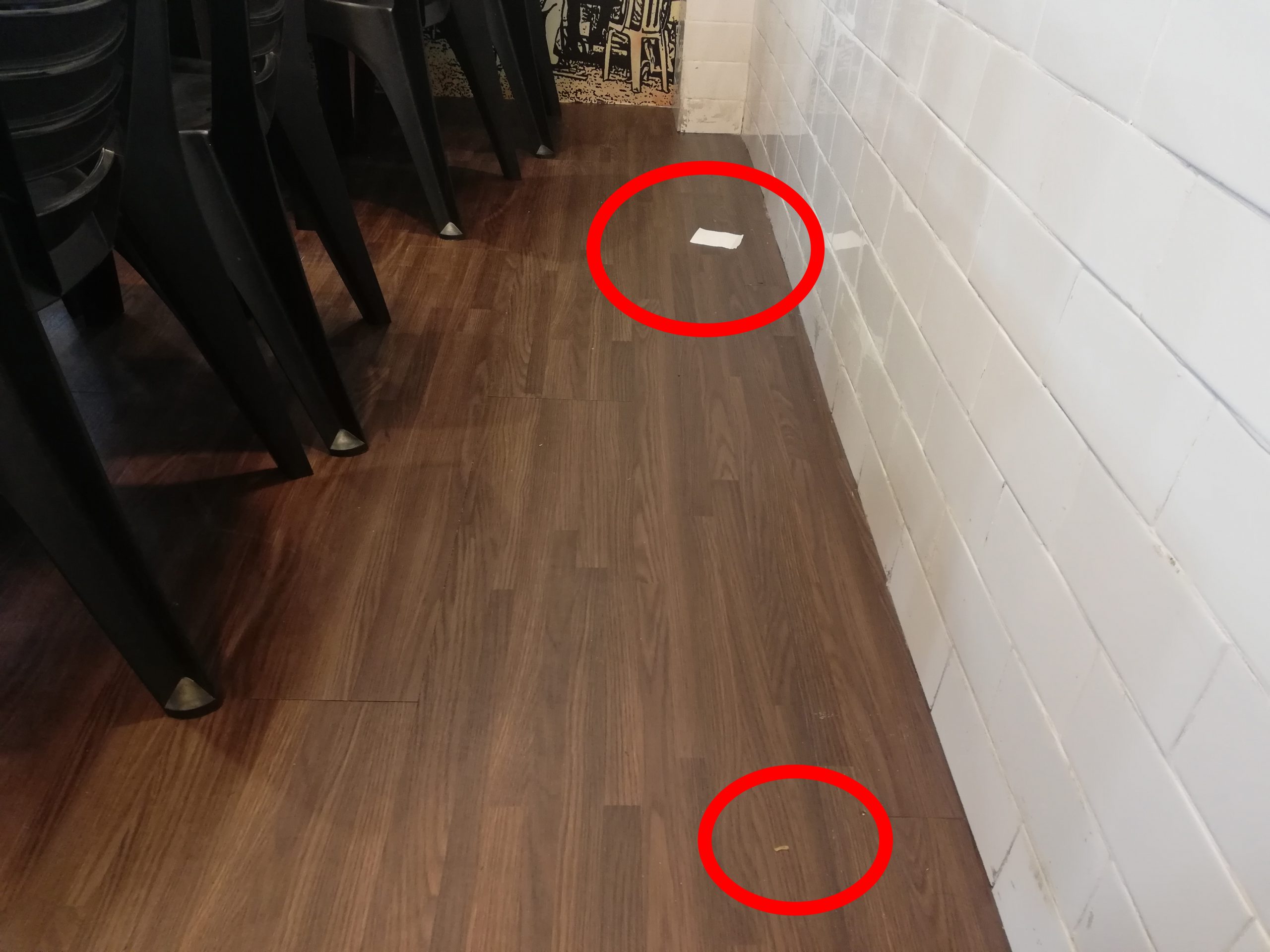
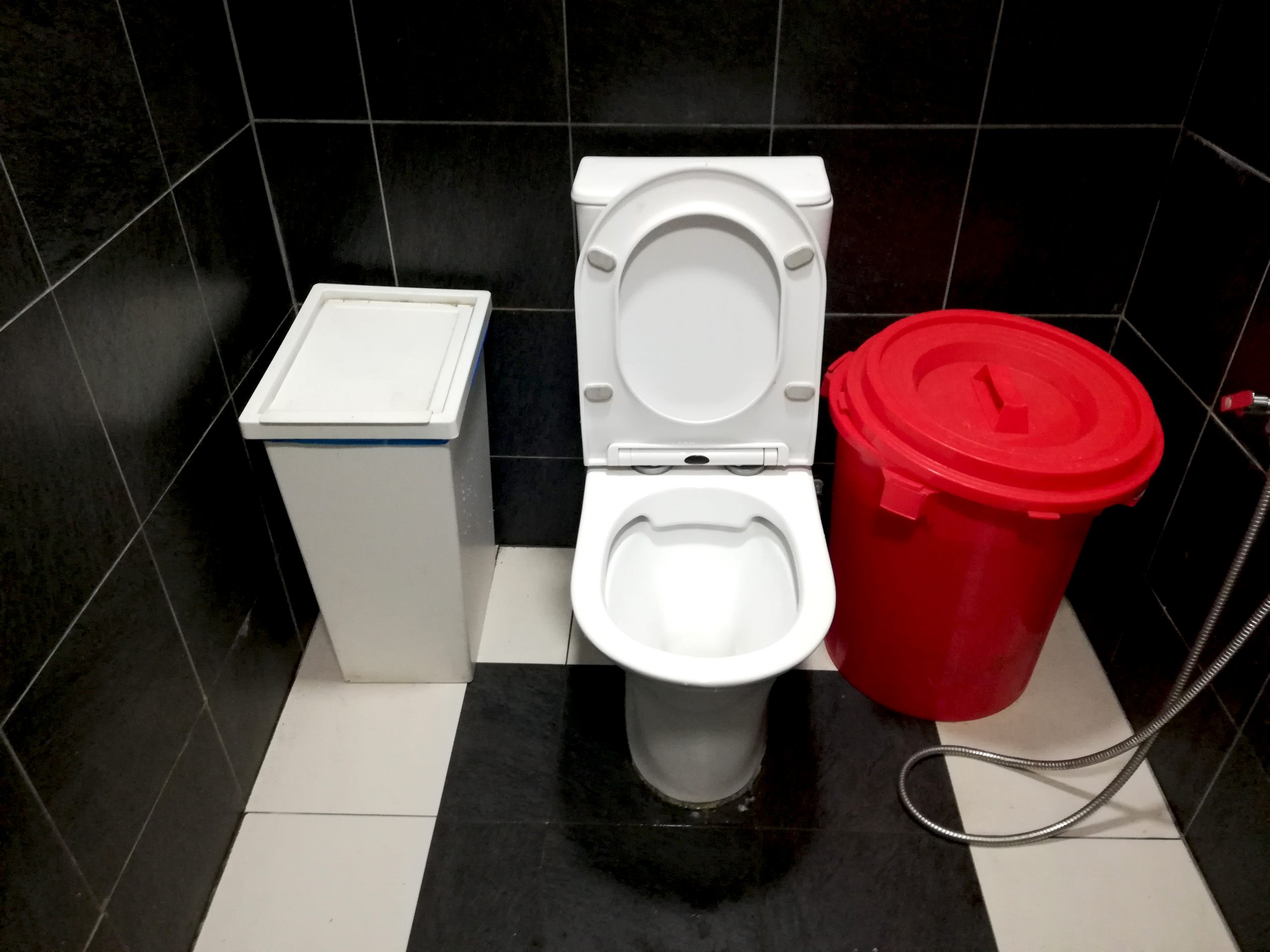
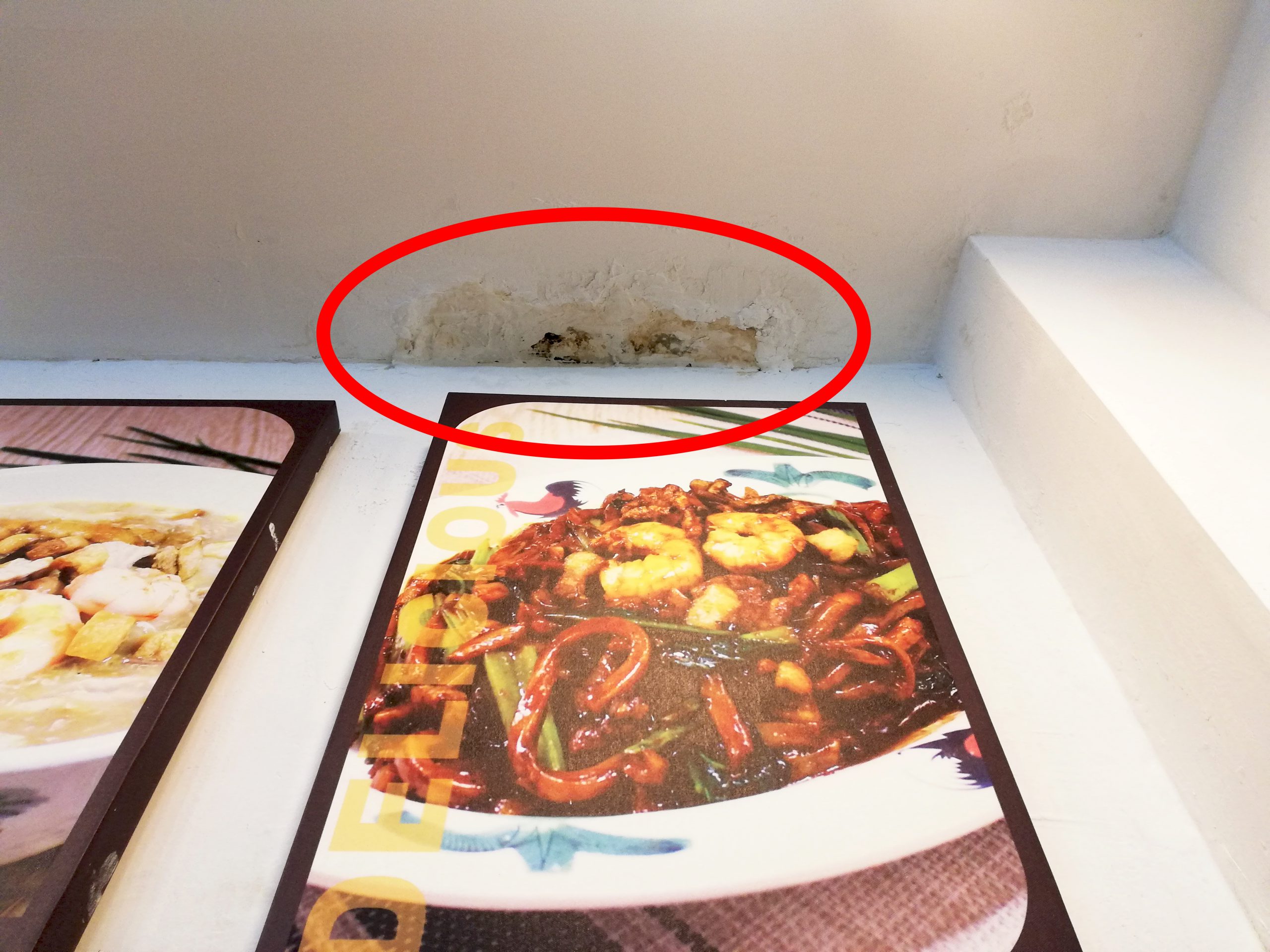
And here’s the grade!
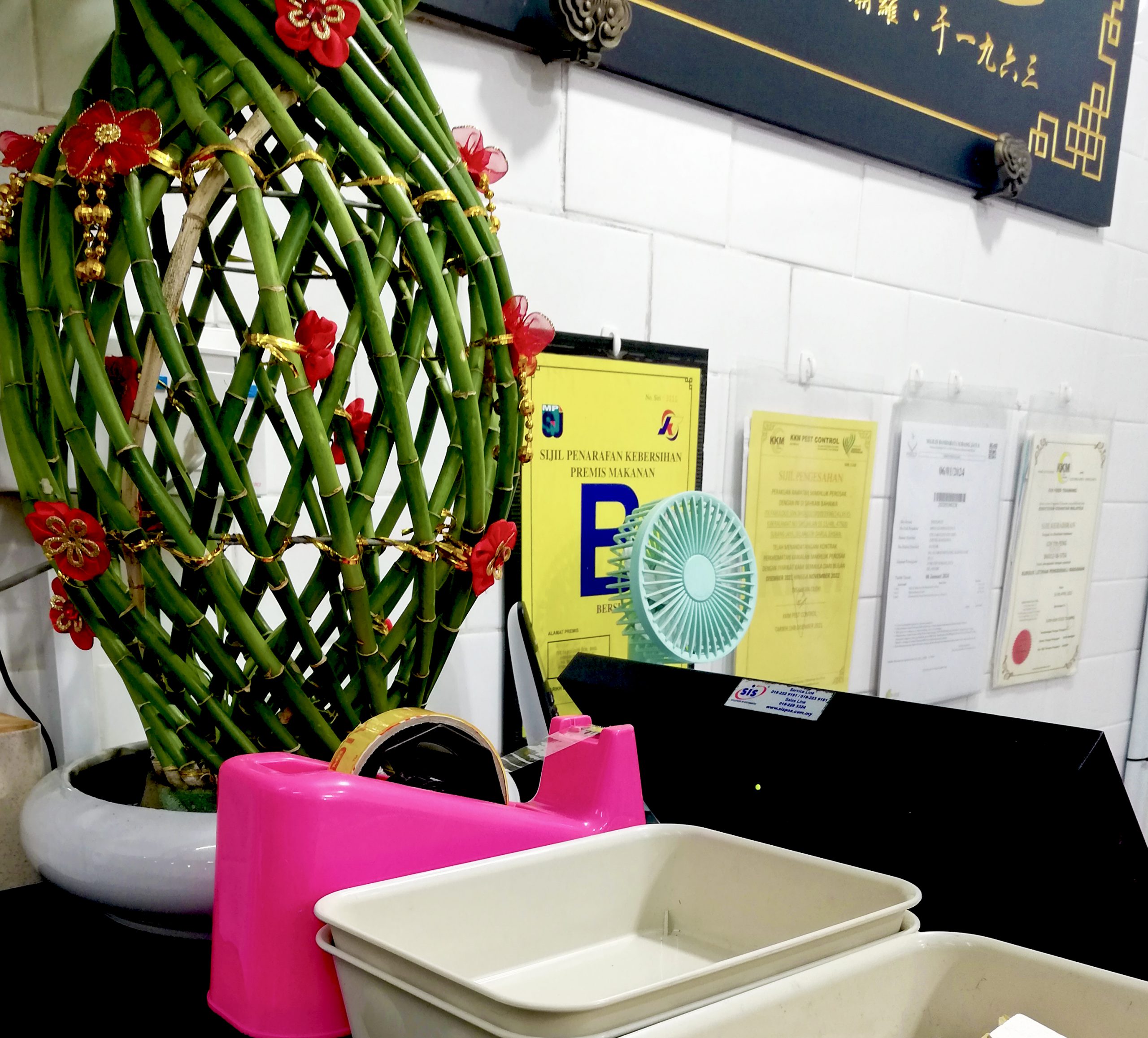
According to an employee, the shop has been around for a year and authorities had only visited the premise once — right after their launch. She explained that the reason they got a B was because the food handlers (chef, sous chef) hadn’t yet completed the food handler training program, which is compulsory in Malaysia.
“No one had training yet at the time because we just opened, so that’s why we got the B,” – employee to Cilisos
But they have since obtained it, and when asked if they can contact the authorities to adjust their grade, the employee said they will just wait for the next spot check.
Conclusion – Accurate grade
So, the grades were accurate but why do they matter?
To set the record straight, what we looked at only represents about 20% of the total score that makes a grade. Because the City Council actually takes 9 different criteria into consideration when they conduct their inspections which you can read about in detail here, but briefly, they are:
- food safety (30%)
- food handlers (20%)
- equipment and utensils (10%)
- water supply (2%)
- drainage (10%)
- toilet facilities (5%)
- waste disposal (10%)
- floors, walls, ceilings and ventilation (5%)
- pest control and general hygiene (8%)
So you see, it’s not just general cleanliness they look into, but a more detailed evaluation on the workers, equipment and methods. It also takes into account stuff like grease traps and drainage as part of an overall hygiene initiative that safeguards public health and the environment. Basically what that means is that restaurants aren’t clogging up our rivers with leftover food bits.
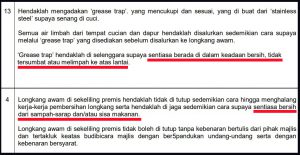
And on a more scaled-down level, the grades ensure that food operators are upheld to an acceptable standard of hygiene, and you the consumer, are informed of the restaurant’s cleanliness level. That is to say, there are rules and if the rules are broken, there are consequences. So if you come across a restaurant that’s absolutely filthy and makes you break out in shivers, you can lodge a report against them. Just head over to your local city council’s website, and look for the ‘contact us’ button.

Rules and regulations aside though, it’s not a secret that Malaysians have a tendency to value taste above all else. In most cases, if the food is good, many don’t care about the cleanliness level. And let’s be real, it’s usually those places right next to the longkang that have the yummiest food. So it’s really what you’re most comfortable with, though those grades are there as reference for those who care a little more.
- 104Shares
- Facebook82
- Twitter4
- LinkedIn6
- Email5
- WhatsApp7


